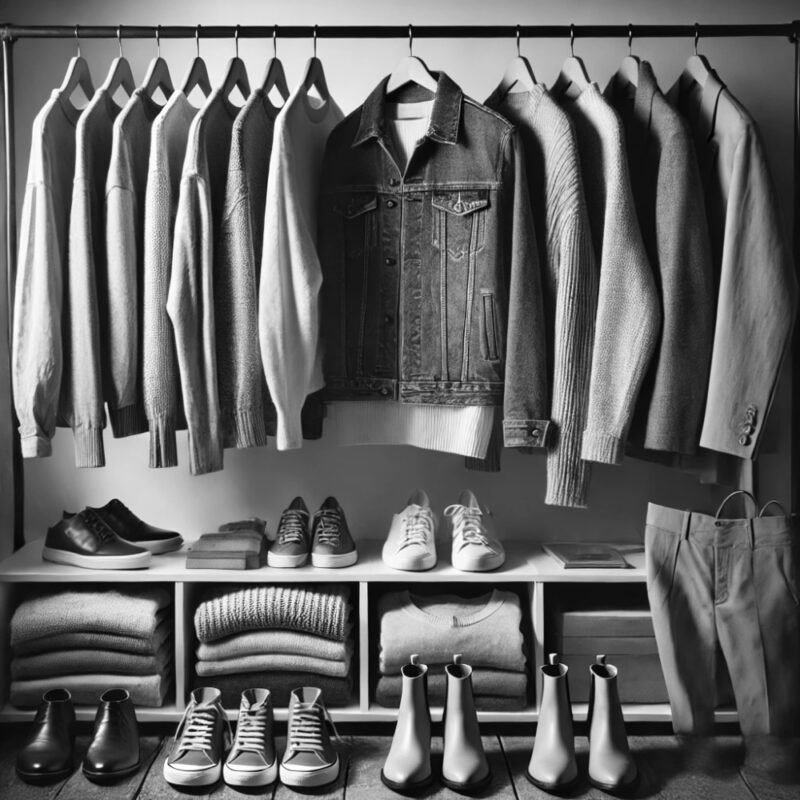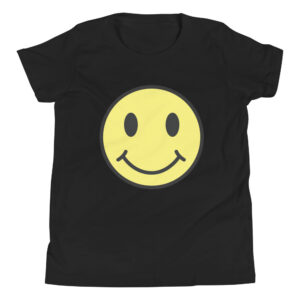Creating a Wardrobe That Works in Every Season
A well-planned wardrobe makes dressing for unpredictable weather effortless. Instead of buying new clothes every season, focus on versatile pieces that adapt to changing temperatures. With the right layers, fabrics, and styling techniques, you can create a wardrobe that works year-round.
The Foundation of a Transitional Wardrobe
A strong wardrobe starts with timeless essentials that can be styled for any season. Neutral tops, well-fitted denim, and classic outerwear provide a reliable base. These pieces allow you to mix and match without feeling like your wardrobe is tied to a single season.
Certain items work especially well across different temperatures, such as:
- A tailored blazer that adds warmth in colder months but remains stylish in spring
- A midi dress that can be layered with tights and boots in winter or worn alone in summer
- Lightweight sweaters that pair with both jeans and shorts for effortless styling
Mastering Layering for Every Season
Layering is the key to adjusting your outfits without needing an entirely new wardrobe. Start with breathable base layers, such as cotton tees or fitted turtlenecks, and add mid-layers like cardigans or blazers. A structured coat or jacket completes the look while providing warmth when needed.
Scarves, shawls, and lightweight wraps offer added flexibility, allowing you to remove or add layers as temperatures fluctuate. The goal is to balance warmth without bulk, ensuring each layer complements the overall outfit.
Choosing the Right Fabrics
The materials you wear play a huge role in how well your wardrobe transitions between seasons. Mid-weight fabrics are ideal because they provide warmth without overheating. Some of the best year-round fabrics include:
- Cotton – Breathable and comfortable in any season
- Wool blends – Warm yet lightweight enough for layering
- Silk – Temperature-regulating and stylish for any occasion
- Denim – A durable staple that adapts well to different weather conditions
Avoid fabrics that are strictly seasonal, such as heavy wool for summer or ultra-light linen for winter. Instead, opt for materials that provide comfort and versatility throughout the year.
Selecting Colors That Work Across Seasons
Neutral shades like black, white, beige, and gray form a strong foundation, but adding seasonal accent colors keeps your wardrobe fresh. In warmer months, pastels and bright tones add vibrancy, while deeper shades like burgundy and forest green complement fall and winter. Accessories, such as scarves or handbags, can be an easy way to introduce seasonal colors without changing your entire wardrobe.
Footwear That Adapts to Any Season
Shoes should be practical yet stylish enough to wear year-round. Ankle boots transition seamlessly from fall to spring, while white sneakers remain a classic choice in any weather. Loafers and flats are great for mild temperatures, and investing in high-quality materials like leather or suede ensures durability.
Organizing and Rotating Your Wardrobe
Keeping an organized wardrobe makes seasonal dressing much easier. Store off-season items in vacuum-sealed bags or storage bins to free up space, and rotate your clothing based on the weather. This prevents clutter while making sure your most-worn items remain accessible.
A Wardrobe That Works Year-Round
With the right pieces, layering techniques, and fabric choices, transitioning between seasons becomes effortless. A well-thought-out wardrobe ensures that you stay stylish and comfortable no matter the weather. By focusing on versatility, you can build a collection of clothing that works for every season without the need for constant updates.






